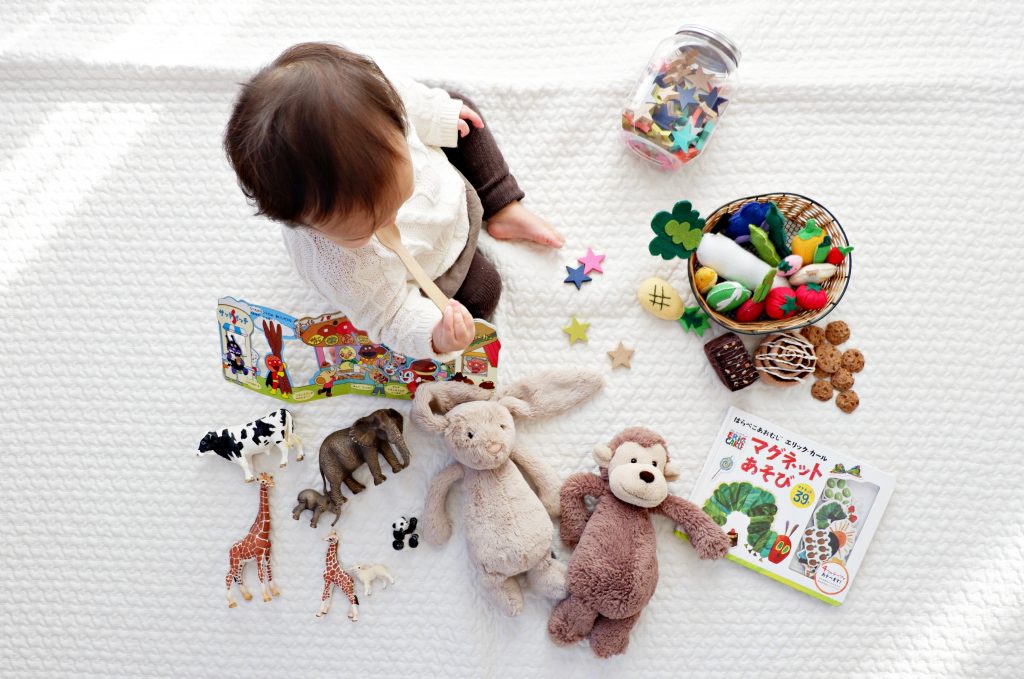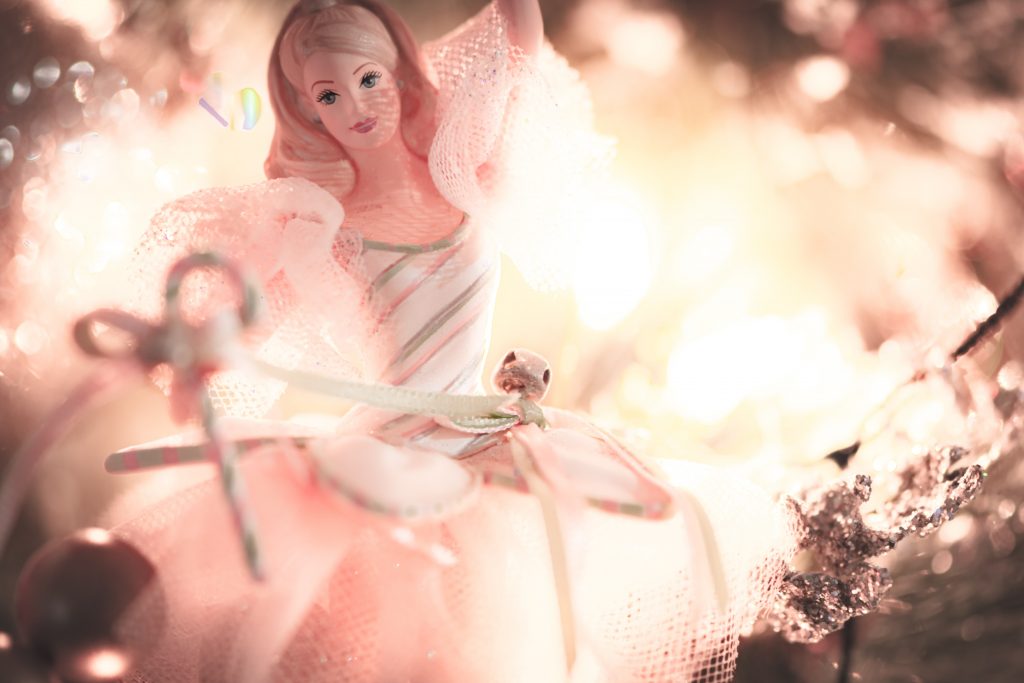Introduction
When it comes to children’s toys, safety should always take precedence. This article delves into the crucial topic of selecting non-toxic dolls for children, emphasizing the significance of choosing toys that are not only fun but also free from harmful chemicals and materials.
Understanding Toy Safety Standards
Toy safety is a paramount concern, and regulatory bodies enforce strict standards to protect children from potential hazards. These standards encompass various aspects, from choking hazards to toxic materials. Being aware of these measures aids parents in making informed choices.
The Risk of Toxic Chemicals
Some toys, unfortunately, can harbor toxic chemicals that pose health risks to children. These chemicals include phthalates, BPA, lead, and other harmful substances. Exposure to such toxins can result in a range of health effects, from developmental issues to allergies.
Selecting Non-Toxic Dolls
When choosing dolls for children, it’s crucial to prioritize non-toxic options. Look for dolls that are labeled as BPA-free, phthalate-free, and lead-free. Opting for dolls made from natural and organic materials further reduces the risk of chemical exposure.
Labeling and Certification
Safety labels and certifications play a pivotal role in identifying toys that meet stringent safety standards. Reputable toy manufacturers provide clear labeling, often indicating compliance with regulations such as the Consumer Product Safety Improvement Act (CPSIA).
Popular Non-Toxic Doll Options
Several brands have embraced the cause of child safety and environmental responsibility. Eco-friendly doll brands prioritize using non-toxic, sustainable materials, ensuring that children can enjoy their playtime without compromising their health.
Benefits of Non-Toxic Dolls
Choosing non-toxic dolls goes beyond immediate safety; it also promotes sustainable and environmentally conscious practices. By supporting brands that prioritize safety and sustainability, parents contribute to a safer and healthier future for their children.
Educating Children about Toy Safety
Teaching children about safe play practices is equally important. Educate them on how to handle their toys responsibly, ensuring that they understand the significance of keeping toys out of their mouths and taking care not to damage them.
Caring for Non-Toxic Dolls
Ensuring the longevity of non-toxic dolls requires proper care. Cleaning methods that avoid harsh chemicals, as well as storing dolls in suitable conditions, prolong both the doll’s lifespan and its safety for play.
Comparing Non-Toxic and Conventional Dolls
Comparing non-toxic dolls with their conventional counterparts underscores the differences in safety and material quality. While non-toxic dolls might have a slightly higher upfront cost, their long-term value in terms of safety and sustainability outweighs the initial investment.
Addressing Common Misconceptions
Misconceptions about toy safety often lead to confusion. Debunking these myths and clarifying the significance of non-toxic toys helps parents make well-informed choices that prioritize their child’s health and wellbeing.
Conclusion
In a world abundant with toy options, it’s essential to exercise due diligence when selecting dolls for children. By choosing non-toxic dolls that adhere to safety standards, parents provide their children with the gift of imaginative play that comes without health risks.
FAQs
- Why is choosing non-toxic dolls important for children? Non-toxic dolls prevent exposure to harmful chemicals, promoting the health and safety of children during play.
- What are some common toxic materials found in toys? Phthalates, BPA, lead, and other chemicals can be present in toys and pose health risks to children.
- How can I identify if a doll is non-toxic and safe for my child? Look for labels indicating BPA-free, phthalate-free, and lead-free materials. Trusted certifications and safety labels also provide assurance.
- Are non-toxic dolls more expensive than conventional ones? Non-toxic dolls might have a slightly higher upfront cost, but the long-term benefits of safety and sustainability outweigh the initial expense.
- What are some natural materials used in making non-toxic dolls? Natural fabrics like organic cotton, wool, and sustainable wood are often used in crafting non-toxic dolls, ensuring both safety and environmental responsibility.


